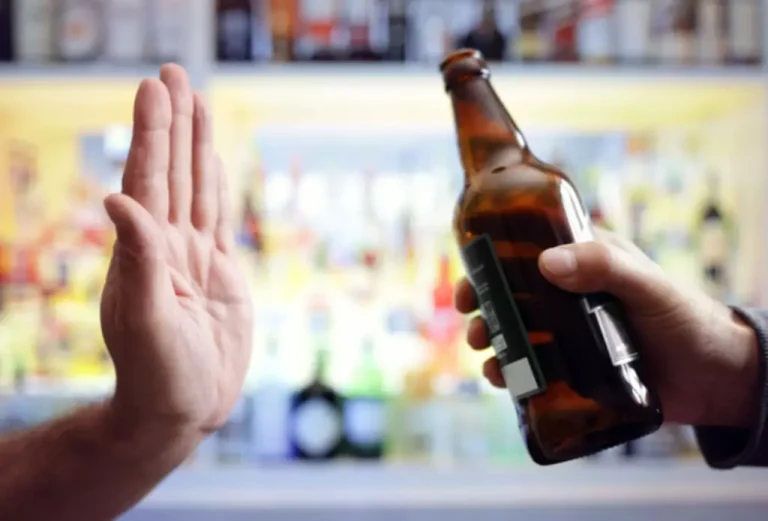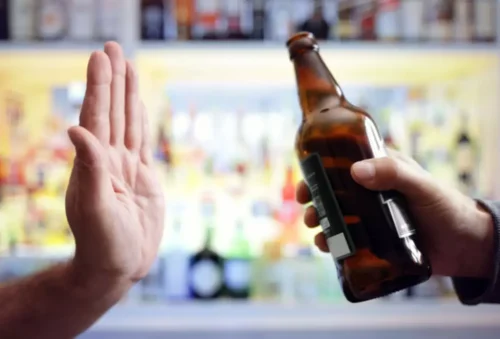
Particular attention was paid to radial SNAPs, tibial CMAPs, and sural SNAPs due to them being spared in entrapment neuropathies unlike the median, ulnar, and peroneal nerves. The sural nerve was the most commonly reported nerve 2, 3, 5, 11, 27, 37,38,39, 51, 53, 59, 63, 68. Motor function of the tibial nerve was the next common 3, 11, 51, 54, 59, 63. Finally, one study examined the strength-duration time constant (SDTC) and rheobase in median nerves of those with alcoholic peripheral neuropathy 69. The SDTC was normal compared to controls, but the rheobase was significantly different suggesting that APN may affect internodal channels other than nodal channels or the Na+ –K+ ATP pump.

Alcohol Abuse Diagnostic Criteria and Biomarkers

You may also choose to share your diagnosis with supportive family and friends—you don’t have to navigate your condition alone. Early treatment is the key to successfully treating alcohol-related dementia. If caught early enough, patients with the more general type of ARD can significantly improve their condition by quitting alcohol and can alcohol cause dementia eating a balanced diet. For instance, research suggests that a five-year history of drinking 35 alcoholic beverages a week for men and 28 for women presents a “sufficient” risk for the development of ARD. People with severe alcohol use disorder also tend to have nutritional deficiencies from a poor diet and irregular eating habits.

Fetal alcohol syndrome
Therefore, it is still unclear whether the alcohol-induced cell death is driven by necrosis or apoptosis pathway. However, considering the time, gender, and regional differences in alcohol-induced cellular pathways, the possibility of a spectrum between necrosis and apoptosis in alcohol-induced neurotoxicity should be further explored. Alcohol-induced neuropathy, also known as alcohol-related peripheral neuropathy (ALN), is a toxic polyneuropathy that leads to the damage of sensory, motor, and autonomic nerve fibers leading to the thinning of the myelin sheaths and further impairments of neural functions 14, 49. ALN is characterized by spontaneous burning pain, hyperalgesia, and allodynia.
- Alcoholic neuropathy is a severe condition that can lead to pain, loss of some bodily functions, and loss of mobility.
- MRI may reveal restricted diffusion or fluid-attenuated inversion recovery (FLAIR) signal abnormalities in areas implicated in the syndrome, including the thalamus, hypothalamus (mammillary bodies), midbrain (periaqueductal gray and oculomotor regions), and pons (abducens and medial vestibular nuclei).
- In retrospect, a nationwide shortage of parenteral multivitamins limited his micronutrient intake to the rare days when he either briefly tolerated a liquid diet or received total parenteral nutrition, and he did not receive IV thiamine.
- Symptoms of AAN are due to impairments in both sympathetic and parasympathetic autonomic fibers of the cardiovascular, digestive, and urogenital systems.
- Most research indicates that moderate drinking has very little negative impact on health and is considered beneficial for cardiac health.
Causes of Alcoholic Neuropathy
Gait may become unstable from sensory ataxia once proprioception is significantly affected. Gait disturbance due to sensory ataxia may be difficult to distinguish from, or be concomitant with, alcoholic cerebellar degeneration. Paresthesia is usually mild to moderate in severity but can become quite unpleasant or even frankly painful.
- Alcohol abuse affects the peripheral and the central nervous system adversely.
- Currently, there are no effective treatments for this devastating condition because the clinical presentation varies from person to person.
- Because of the many effects that alcohol has on the organism, it is important that patients with alcoholic neuropathy be managed by a team of inter-professionals in the health industry.
- This condition is typically not life-threatening, but the nerve damage from alcoholic neuropathy is usually permanent.
They may be given special prescription drugs to reduce their craving for alcohol. They will also need to take high-dose thiamine (vitamin B1) tablets and eat a healthy, balanced diet, and have counselling or ‘talking therapies’. They may be treated with drugs that mimic the effect of alcohol on the brain to reduce withdrawal symptoms. The person will also be given fluids and salts, and high doses of thiamine (vitamin B1) by injection.

Health Conditions
- There was not however, complete resolution of symmetric neuropathy with persistent mild loss of vibration sense or pinprick sensation in the feet or loss of ankle tendon reflexes.
- Neuropathic “Charcot” joints, a traumatic arthropathy typically of the ankle, may develop in advanced cases with severe loss of nociception as the patient forcefully strikes the ground to perceive placement of footing leading to joint destruction.
- Animal models permit the study of underlying mechanisms, enabling researchers to better interpret findings from human studies.
- No amount of alcohol is safe to drink while pregnant, according to the CDC.
Techniques mentioned in this article include T1 weighted, T2 weighted, and FLAIR. DTI showed elevated MD in the middle cerebellar peduncles with no effects on corticospinal tracts in a study participant with CPM relative to three healthy comparison participants (Min et al. 2012; Nair et al. 2012). In a 2019 study, researchers showed that quitting alcohol had a positive effect on most people’s mental well-being. Fetal alcohol syndrome can occur when a person is exposed to alcohol before birth. This is a severe and short-term neurologic disease that can be life threatening.
General Health
Although deficits in hippocampal volume are not related to seizure incidence (Bleich et al. 2003; Sullivan et al. 1996), temporal-lobe white matter may be sensitive to alcohol-withdrawal seizures (Sullivan et al. 1996). Hippocampal volume shrinkage in alcoholism is attributed to loss of white matter and decreased axonal diameter (Harding et al. 1997). Glial cell loss (Korbo 1999) or reduced incorporation of newly formed neurons to the dentate gyrus (He et al. 2005; Nixon and Crews 2004), however, could also affect hippocampal volume in alcoholism. Human studies offer a full depiction of the consequences of chronic alcohol exposure but are limited by ethical considerations. That is, rigorous experimentation requires the ability to control for relevant variables such as the premorbid condition of the brain. This heterogeneity, and the complexity that it introduces, makes it difficult to thoroughly characterize the disorder.

